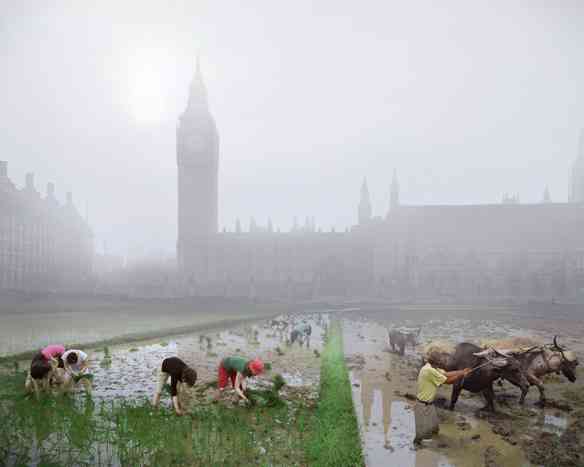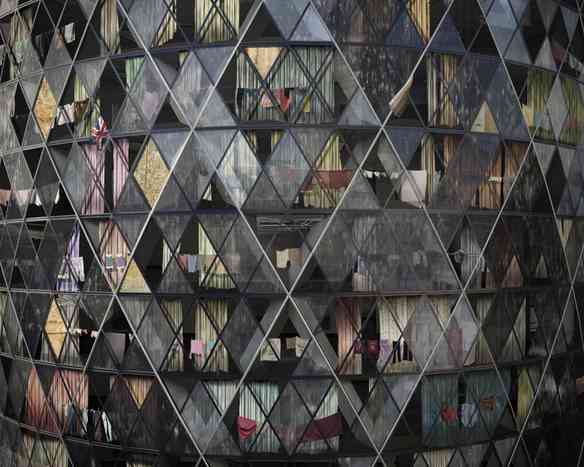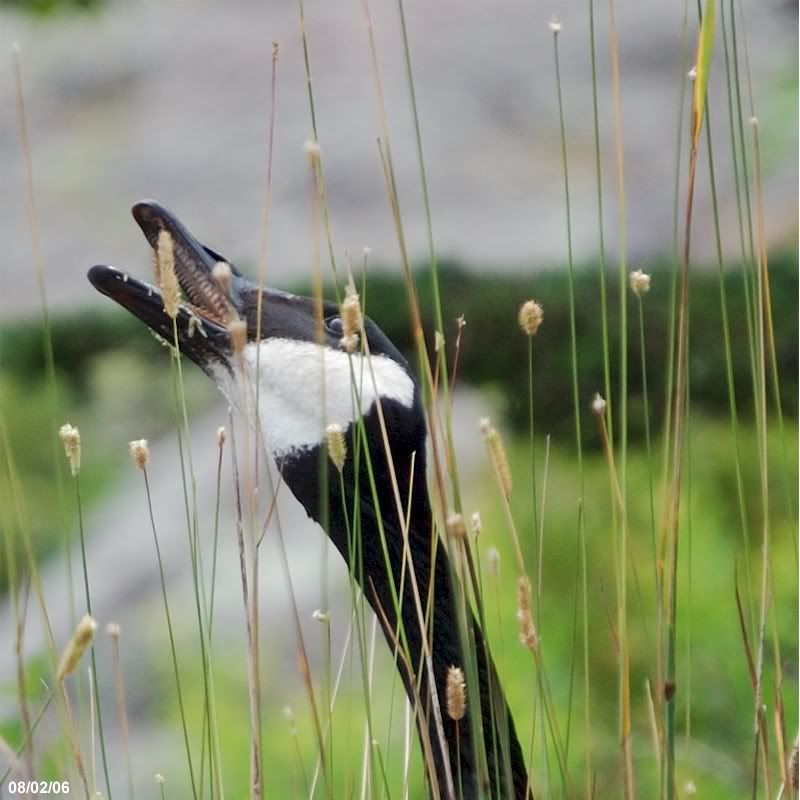Link to the short story, The Author of the Acacia Seeds, Ursula K. Le Guin.
This was warmly transcribed and posted by a Matt Webb in 2008 who stated:
My favourite short story is The Author of the Acacia Seeds and Other Extracts from the Journal of the Association of Therolinguistics by Ursula K. Le Guin. It’s a story of language, translation, and understanding things in terms of themselves, and – like all of Le Guin’s best – progressively takes me so far outside myself that I can glimpse what it would be like to live non-sequentially, sideways to time, or without action and with only response. Le Guin helps me understand how historically contingent I am (personally and socially) , which helps me accept the points of views of others, human and non-human. Anyway, it’s a story which can be read into endlessly, and also beautiful: It helps me see meaning in broader scales and configurations than those to which I am accustomed. (Le Guin’s Always Coming Home is in my top 5 books.)
I’ve wanted to share it with friends, but short stories are inconvenient to pass round because you have to lend the whole book. So I’ve transcribed the story and put it online. I hope many more people read Le Guin because of it. Read The Author of the Acacia Seeds.
via Matt Webb





